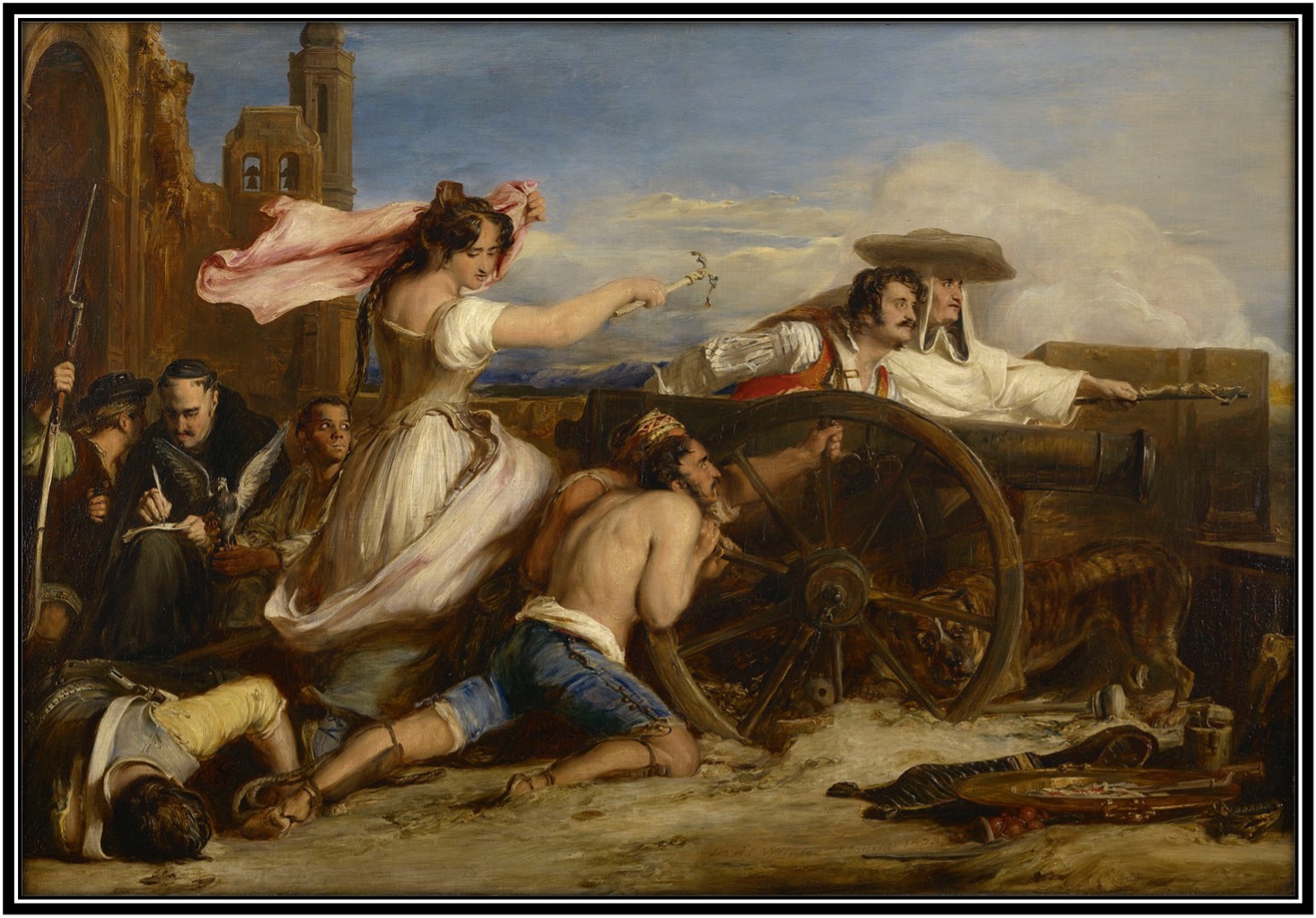Berwick St James Art Appreciation

Sir David Wilkie, the Peoples’ Painter 1785-1841
Thursday 14 September 2023
Many of you will be familiar with Wilkie’s most famous painting, The Chelsea Pensioners Reading the Gazette of the Battle of Waterloo, which resides in Apsley House, the erstwhile London home of the victorious Arthur Wellesley,1st Duke of Wellington, who commissioned the painting from the Scottish painter in 1816, at a time when Wilkie was as renowned as Turner. It was exhibited at the Royal Academy exhibition that year to enormous critical and popular acclaim. The Defence of Saragossa, celebrating the Spanish struggle against Napoleon was one of a set of six paintings, purchased by George IV, following Wilkie’s three year long Continental visit, commencing 1825. Join me as we discover the huge influence that Wilkie’s work exerted on British painting in the first half of the 19th century.